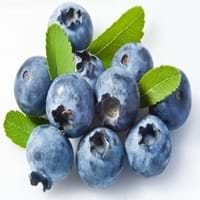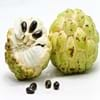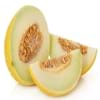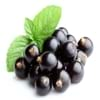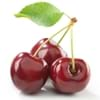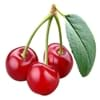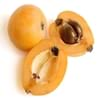Health Benefits
Cancer prevention, Heart care, Regulation of heart rate
Cancer prevention, Cures gastro-intestinal troubles, Improves night vision, Improves stomach health, Prevents diabetes, Prevents high blood pressure, Reduces blood circulation problems
General Benefits
Anti oxidant properties, Anti-inflammatory properties, Boosts immune system, Controls blood pressure, Digestive aid, Strengthens bones
Fights against infections, Helps in weight loss, Prevents blood clotting in vessels, Treatment of urinary tract infections
Skin Benefits
Reduces wrinkles, Skin rejuvenation
Anti-aging benefits, Nourishes skin, Protects against skin damage
Hair Benefits
Promotes longer and healthier hair, Treatment of dandruff, Treatment of Lice
Prevents hair loss
Allergy Symptoms
Anaphylaxis, Itching, Skin rash, Swelling of face
Not Available
Side Effects
Allergic reaction, Possibly unsafe during pregnancy
Decrease in blood sugar levels, Diarrhoea, Dizziness, Headache, Internal bleeding, Stomach pain
Best Time to Eat
As a snack in the late afternoon, Don't consume at night and before bed, Morning time (before lunch)
As a snack in the late afternoon, Don't consume at night and before bed, Eat the fresh ones, avoid mixing with any other foods, don't eat after meal., Morning time (before lunch)
Vitamin A (Retinol)
Not Available
Vitamin B5 (Pantothenic Acid)
Vitamin C (Ascorbic Acid)
Vitamin K (Phyllochinone)
Not Available
Calories in Fresh Fruit with Peel
Not Available
Calories in Fresh Fruit without Peel
Not Available
Calories in Frozen Form
Not Available
Not Available
Calories in Dried Form
Not Available
Not Available
Calories in Canned Form
Not Available
Not Available
Calories in Juice
Not Available
Calories in Jam
Not Available
Calories in Pie
Not Available
Season
Autumn, Spring, Winter
Summer
Varieties
Andrews, Amarilla, Asca, Baste, Bays, Bayott, Behl, Canaria, Capucha, Deliciosa, Ecuador, El Bumpo, Guayacuyán, Jete, Juniana, Knight, Nata, Popocay, Sander, Smoothey, Tumba, Umbonada, Whaley and White Juliana
Dwarf bilberry, Piper, bog blueberry, Northern bilberry, Mountain bilberry and Oval-leaved bilberry
Color
Green, Yellow
Dark purple
Inside Color
White
Light Green
Soil Type
Sandy loam
Moist, Well-aerated
Climatic Conditions
Warm
Cold
Facts about
- Cherimoya is also called as custard apple or chirimoya.
- The word cherimoya came from the Quechua word,'chirimuya',which means 'cold seeds'.
- The cherimoya is called as 'the tree of ice cream'.
- Bilberries are used in manufacturing of alcoholic drinks.
- They are used to improve aromas of sorbets.
- The green extract of it's leaves is used in textile industry as natural dye.
Other Countries
Argentina, Chile, Colombia, Egypt, Italy, Mexico, Peru, South Africa, United States of America
Denmark, Finland, Iceland, Sweden
Top Importer
United States of America
United States of America
Botanical Name
Annona cherimola
Vaccinium myrtillus
Synonym
Not Available
blaeberry, whinberry, European blueberry, whortleberry
Subkingdom
Tracheobionta
Tracheobionta
Division
Magnoliophyta
Magnoliophyta
Class
Magnoliopsida
Magnoliopsida
Subclass
Magnollidae
Dillenhidae
Order
Magnoliales
Ericales
Family
Annonaceae
Ericaceae
Species
A. cherimola
Vaccinium myrtillus
Generic Group
Not Available
Heath
Difference Between Cherimoya and Bilberry
We might think that Cherimoya and Bilberry are similar with respect to nutritional value and health benefits. But the nutrient content of both fruits is different. Cherimoya and Bilberry Facts such as their taste, shape, color, and size are also distinct. The difference between Cherimoya and Bilberry is explained here.
The amount of calories in 100 gm of fresh Cherimoya and Bilberry with peel is Not Available and 44.00 kcal and the amount of calories without peel is 75.00 kcal and Not Available respectively. Thus, Cherimoya and Bilberry belong to and category.These fruits might or might not differ with respect to their scientific classification. The order of Cherimoya and Bilberry is Magnoliales and Ericales respectively. Cherimoya belongs to Annonaceae family and Bilberry belongs to Ericaceae family. Cherimoya belongs to Annona genus of A. cherimola species and Bilberry belongs to Vaccinium genus of Vaccinium myrtillus species. Beings plants, both fruits belong to Plantae Kingdom.

